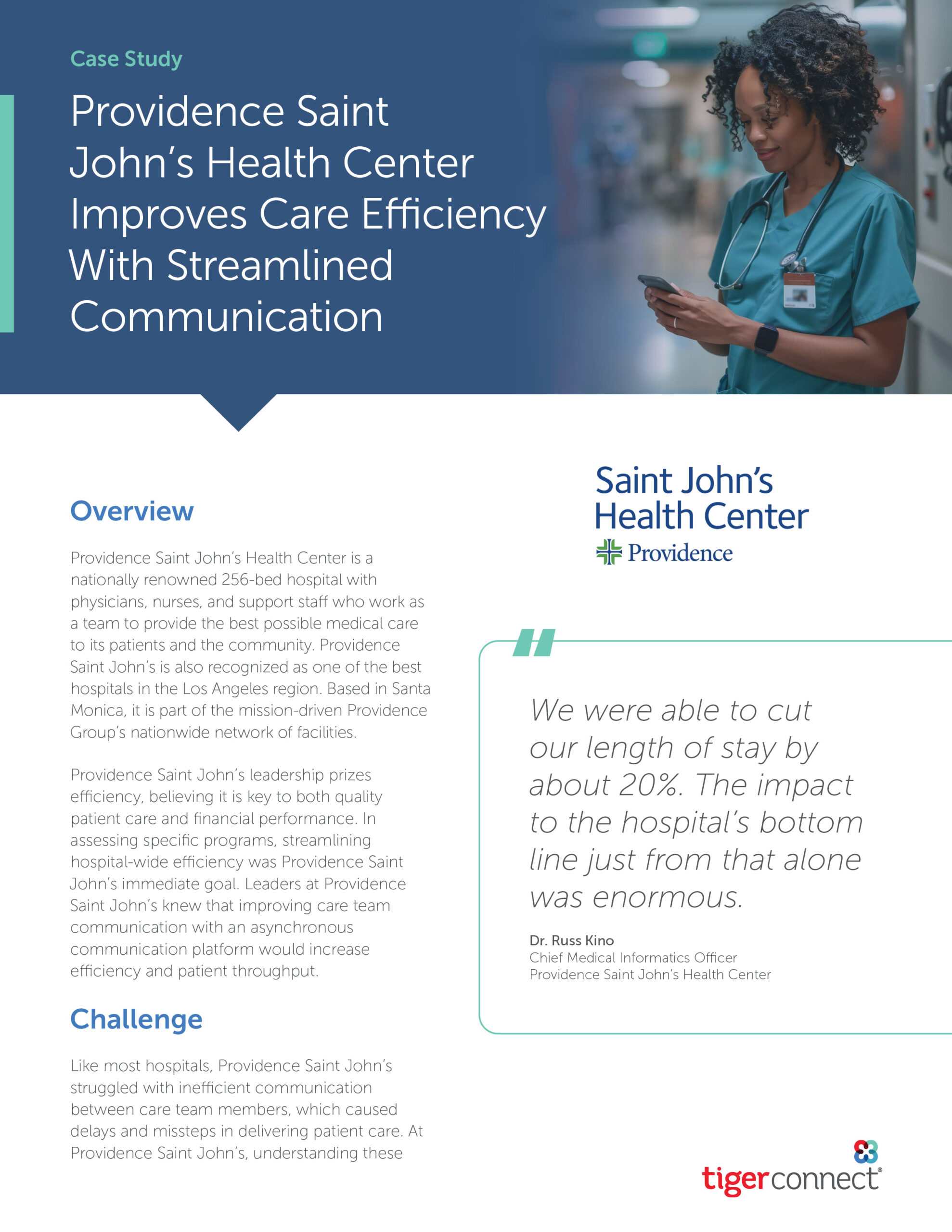
Enhancing Outcomes Through Active Participation
Patient engagement is a crucial aspect of modern healthcare, where patients actively participate in gathering information and making decisions about their symptoms, illnesses, and treatment options. This partnership between patients and healthcare providers can significantly improve patient outcomes, reduce costs, and enhance overall satisfaction.
Understanding Patient Engagement
Patient engagement involves a collaborative relationship between patients and their healthcare team. It requires both parties to communicate regularly and commit to managing the patient’s health. This partnership goes beyond merely providing information; it involves patients actively participating in their care and healthcare providers encouraging and supporting this involvement.
Why Patient Engagement Matters
Research shows that when patients are involved in their healthcare decisions, they have a greater understanding and commitment to their treatment plans. This leads to improved patient outcomes, cost savings, and higher patient satisfaction scores. For example, a study of 60,185 patients found that those who received enhanced support from health coaches had lower medical costs, fewer inpatient admissions, and reduced ER visits compared to those who received usual support.
Benefits of Patient Engagement
Engaged patients are more likely to:
- Decrease no-show rates
- Require fewer visits, allowing healthcare providers to see more patients
- Stay with their healthcare provider, leading to better health maintenance
- Schedule appointments and access lab results, saving time for the healthcare team
In the long run, patient engagement can make healthcare practices more efficient, profitable, and effective.

TigerConnect Patient Engagement: Video, Voice & Text in one Easy App
Learn how you can securely reach and update patients and families by text, voice, or video.
Strategies to Improve Patient Engagement
To enhance patient engagement, healthcare providers can follow a four-step process:
- Choose a Patient Group: Identify a common chronic disease within the patient population or target patients with multiple chronic conditions. This group should benefit from careful health management.
- Choose a Care Team Group: Select clinicians who will be accountable for the success of the patient engagement program. These clinicians will learn and teach others how to improve patient engagement.
- Use Patient Communication Software: Implement a user-friendly patient engagement solution that supports secure communication through phone, text, video, and telehealth functions. This ensures that patients and their care team can communicate effectively.
- Expand the Program: Once the program is running smoothly with the initial group, expand to other patient groups and clinicians. Continuously grow the program based on successes.
Conclusion
Patient engagement is essential for improving healthcare outcomes and efficiency. By fostering a collaborative relationship between patients and healthcare providers, healthcare practices can enhance patient satisfaction, reduce costs, and improve overall effectiveness.
TigerConnect offers a HIPAA-compliant, reliable, and feature-rich platform that can meet your patient engagement needs and deliver superb client care and collaboration capabilities to your clinical team. Investing in solutions like TigerConnect can streamline operations and reduce unnecessary delays, ultimately benefiting both patients and healthcare providers.
Learn more about Clinical Collaboration Software Platform, Resident Scheduling Software, Physician Scheduling Software, Alarm Management Software & Patient Engagement Software.
Featured Resources
Related Articles

Providence Saint John’s Health Center Improves Care Efficiency with Streamlined Communication
Learn how Providence Saint John’s streamlined communication and reduced average length of stay (ALOS) by 20% with TigerConnect.













